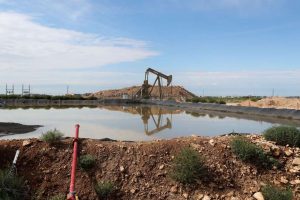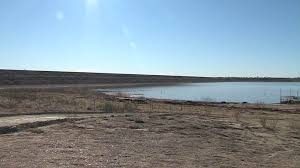
As development of the Permian Basin mushrooms, the search for water and the protection of existing sources is becoming critical.
Water levels in the Ogallala Aquifer have already dropped in the past several years. With fears that it will plunge if exploration expands, many operations have switched the source of their fracking fluid from fresh water to recycled wastewater.
E and E News examined the issue and found that many consumers in the Permian Basin are on the hunt for new sources of water. Localized shortages are predicted by the Texas Water Development Board.

“In many places, the easy water’s gone,” said Robert Mace, a former deputy executive administrator at the Texas Water Development Board who now teaches at Texas State University. “The local resources aren’t enough to meet the local needs, and so communities are having to reach out to get new water supplies, and that water is expensive.”
Examples of the shortage of water: In 2011, the Midland-Odessa area which normally gets 15 inches of rain a year received 5.5 inches; the town of Barnhart 90 miles away from Midland actually ran out of water in 2013 when the aquifer fell below the depth of its water supply well.
By the time an ongoing drought ended, three reservoirs in the Midland and Odessa area were nearly dry in 2015. The drought was so bad it forced the Colorado River Municipal Water District to recycle municipal wastewater into potable water in the town of Big Spring.
The State Water Development was warned in 2016 that the shortages of water will only worsen as demands increase from the energy industry and agricultural producers.





